Last year in October, I visited Serbia for the first time, to work on an archaeological project in the northern province of Vojvodina. I missed out on exploring Belgrade, Serbia’s capital, so when I was invited back to work on the project again in March this year, I knew I had to incorporate Belgrade into my trip. I made it my first destination in the country, and a friend spontaneously decided to join me.
We arrived to the chaotic airport of Belgrade on a late Friday evening in mid-March. Since busses were no longer running, we tried to find someone to share a cab with, and ended up getting a free ride with a nice Chinese guy on a business trip (thanks, Mish!). We treated him to dinner at one of the few open places late at night, and then finally headed to our hostel in the centre of the city.
Eager to explore and see Belgrade in the soft light of sunrise, I awoke early the next morning and headed out on the quiet streets. I went to see St. Mark’s Church in the orange morning hues. The orthodox church, which is one of the largest in Serbia, was built in 1940 on the site of a previous early 19th-century church. In its close vicinity stands the building which is known as the most beautiful in Belgrade, with a mouthful of a name: the House of the National Assembly of the Republic of Serbia. The building was formerly the seat of the Parliament of Yugoslavia, and today home to the legislature of Serbia.
When the sun finally peeked over the horizon, I had my eyes set on Belgrade’s two castles; the Old Palace and New Palace, located on either side of a little park. The Old Palace was built between 1882 and 1884 as a royal residence for the Obrenović dynasty, and today it houses the City Assembly of Belgrade. The New Palace on the other side was built between 1911 and 1922 as a royal residence of the Karađorđević dynasty which superseded the Obrenović dynasty following the assassination of the Obrenović king in 1903, and occupied the throne of Serbia until the League of Communists of Yugoslavia seized power at the end of World War II.
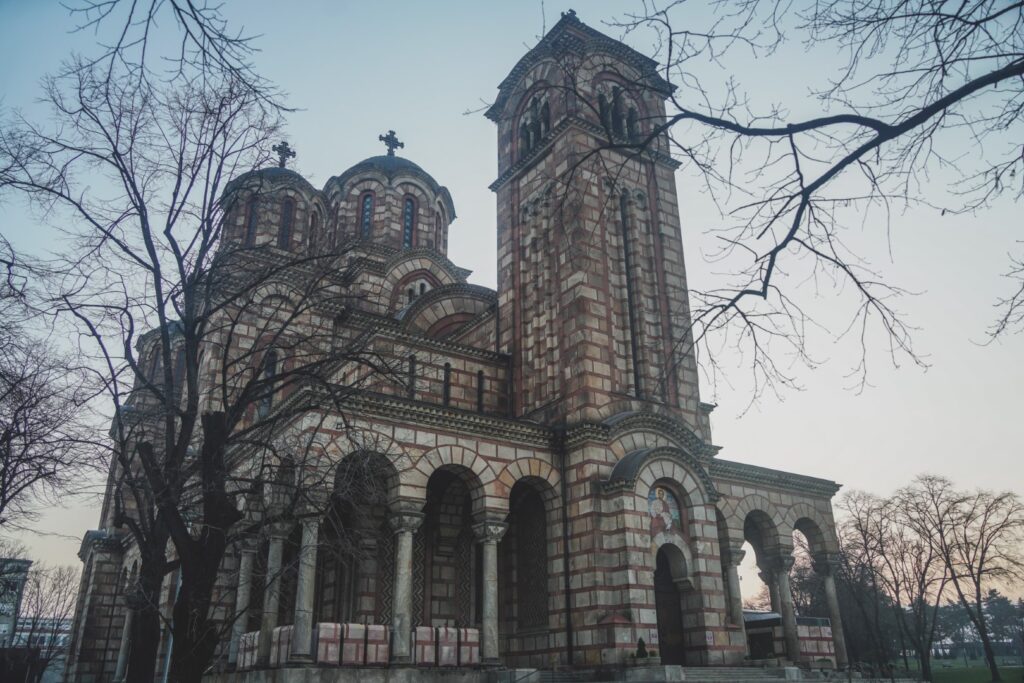
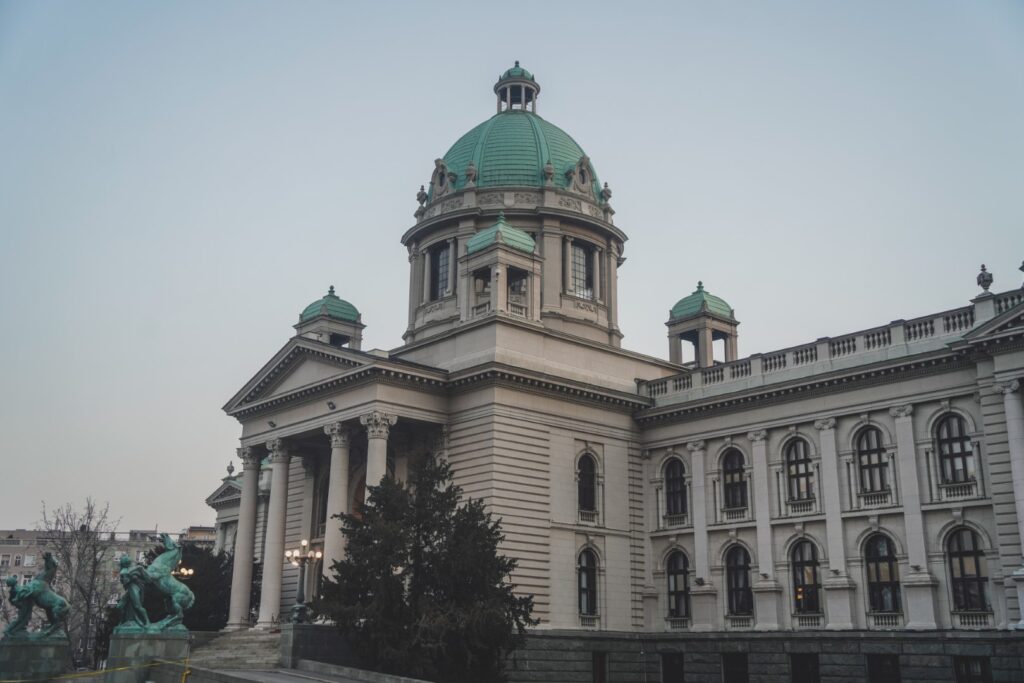
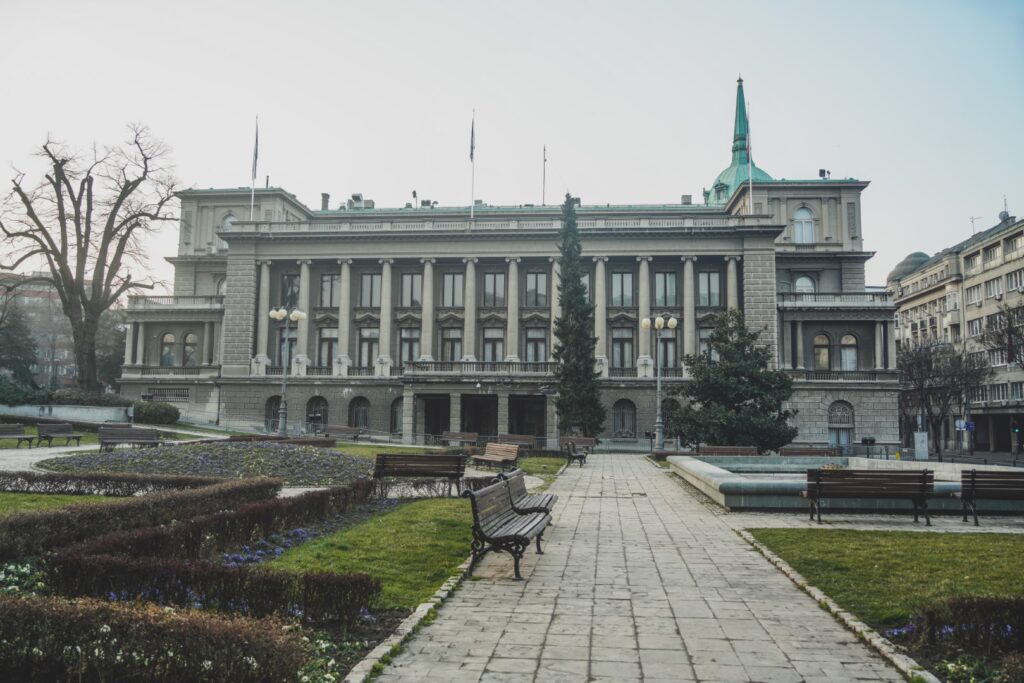
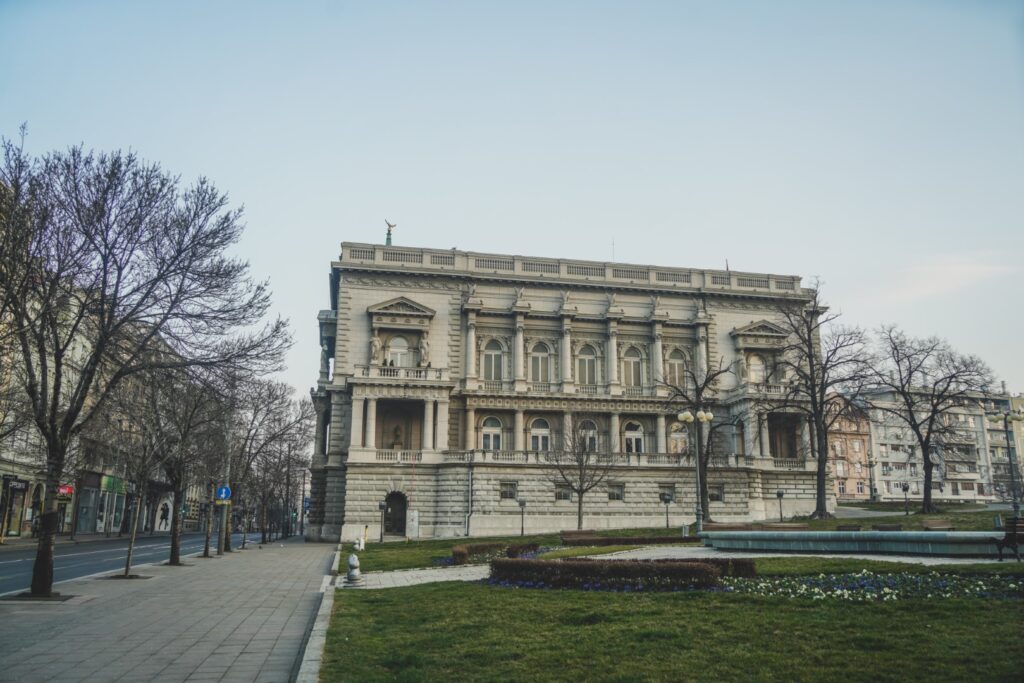
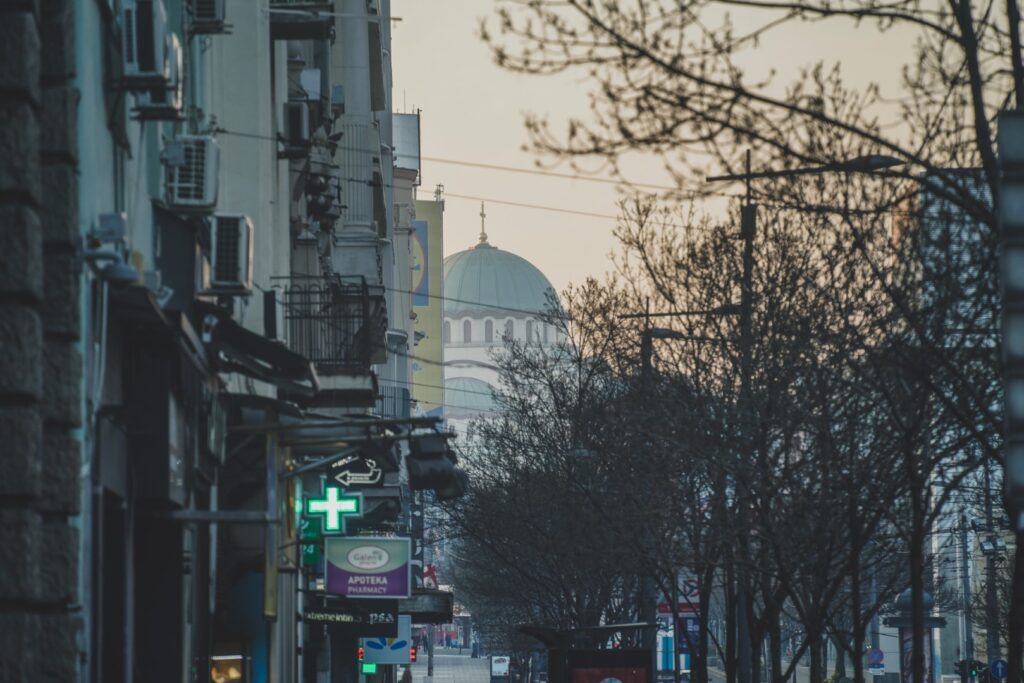

After my little morning adventure, I decided it was time to head back to bed for a few hours as I was still exhausted from the late arrival.
Waking up for the second time three hours later, my friend and I enjoyed a slow morning, with a late breakfast at Tamper café. The food and hot drinks were delicious, and we really enjoyed our conversation with the waitress who had lived in both of my home countries, Denmark and England! We loved it so much that we returned the following morning.
As we started our wanderings through the city, we soon spotted the enormous Temple of Saint Sava that towers above Belgrade. It’s hard to miss it, actually. We were drawn towards its enormous dome which was modelled after Istanbul’s Hagia Sophia, but it was the interior that truly caught our attention.
The orthodox cathedral is dedicated to Saint Sava, who founded the Serbian Orthodox Church in the early 13th century, and it’s actually built on the presumed location of Saint Sava’s grave. The first stone was laid in 1935, but the construction came to a halt during World War II when the incomplete building was used as a depot by the German army. It wasn’t until 1984 that permission to complete the building was granted, and in 2017, the exterior of the cathedral was finally complete. The interior decoration is still being worked on, although it’s mostly complete.
The Temple of Saint Sava is an incredibly impressive building. In detail, beauty and size. In fact, it’s one of the largest cathedrals in the world! However, it was the gold mosaics which cover the interior of the cathedral that impressed me the most. The ornate interior is a sight to behold!
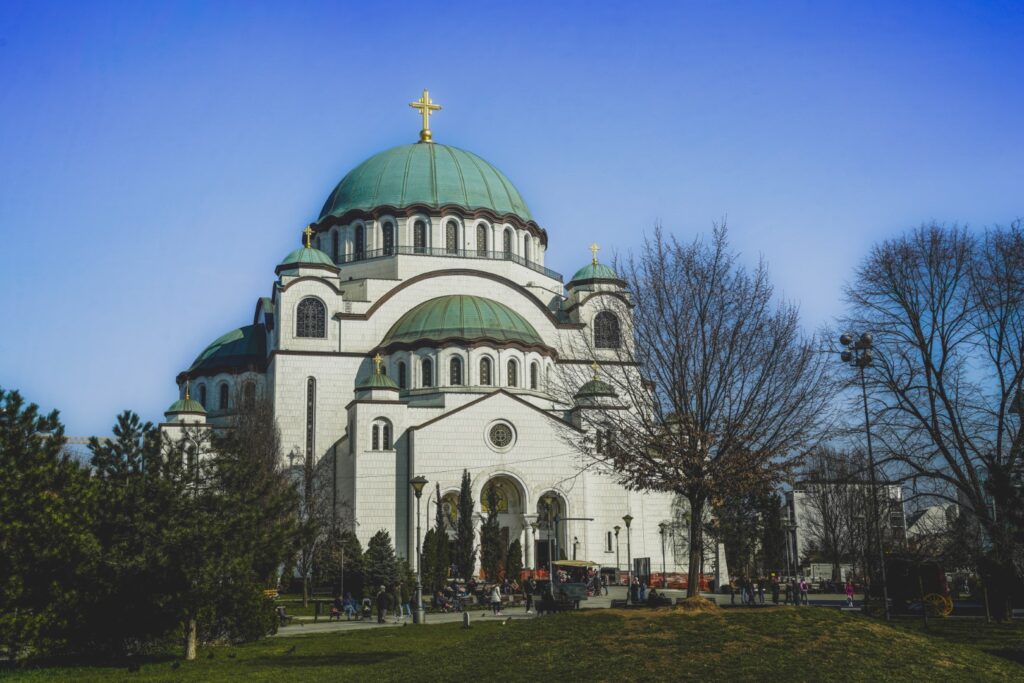

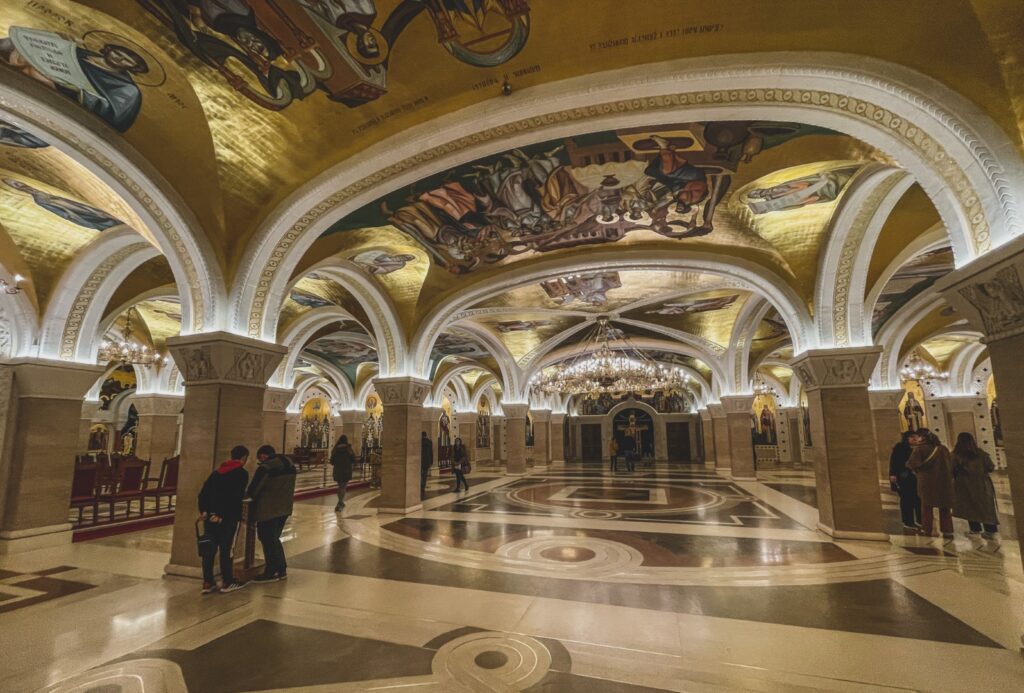
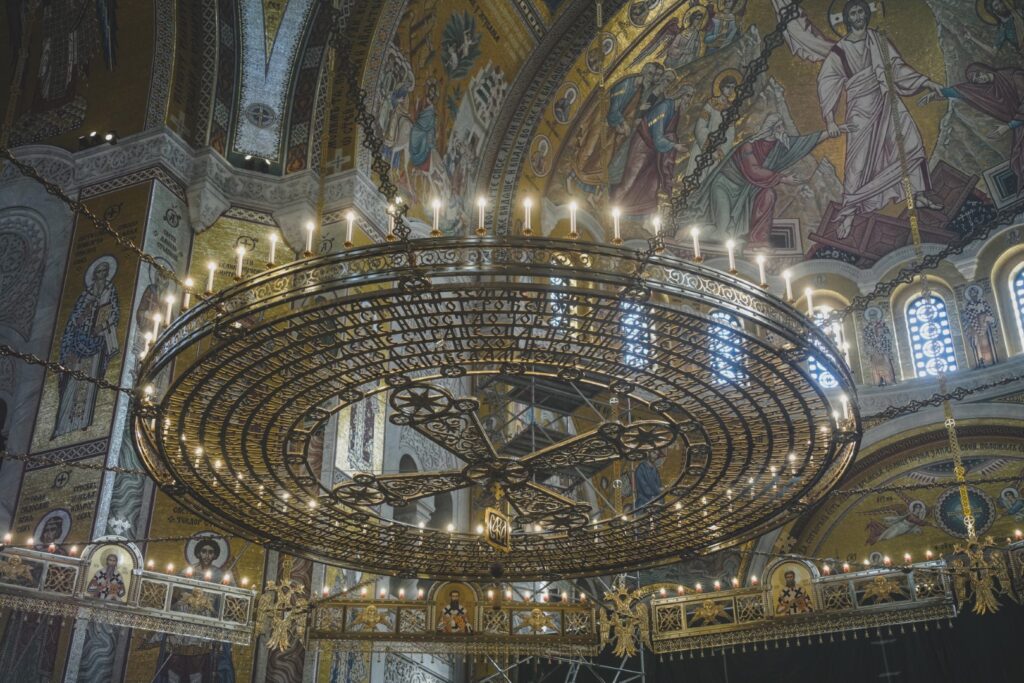
We spent the next few hours walking random streets of the neighborhoods surrounding the cathedral and stumbled upon a local market selling everything your heart could desire. We made our way to Stari Grad, the heart of the city, and the famous car-free bohemian neighbourhood of Skadarlija, where buildings full of murals line cobbled streets.
We found a nice restaurant to settle down for a very tasty lunch, and then hurried up to Belgrade Fortress to see the forthcoming sunset from up there.
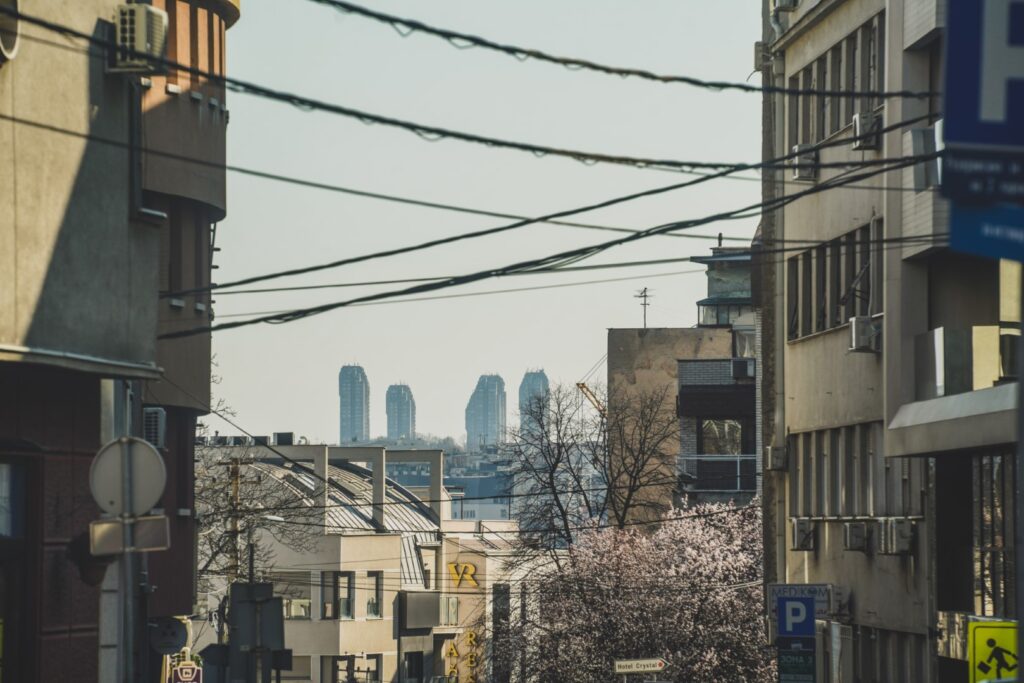
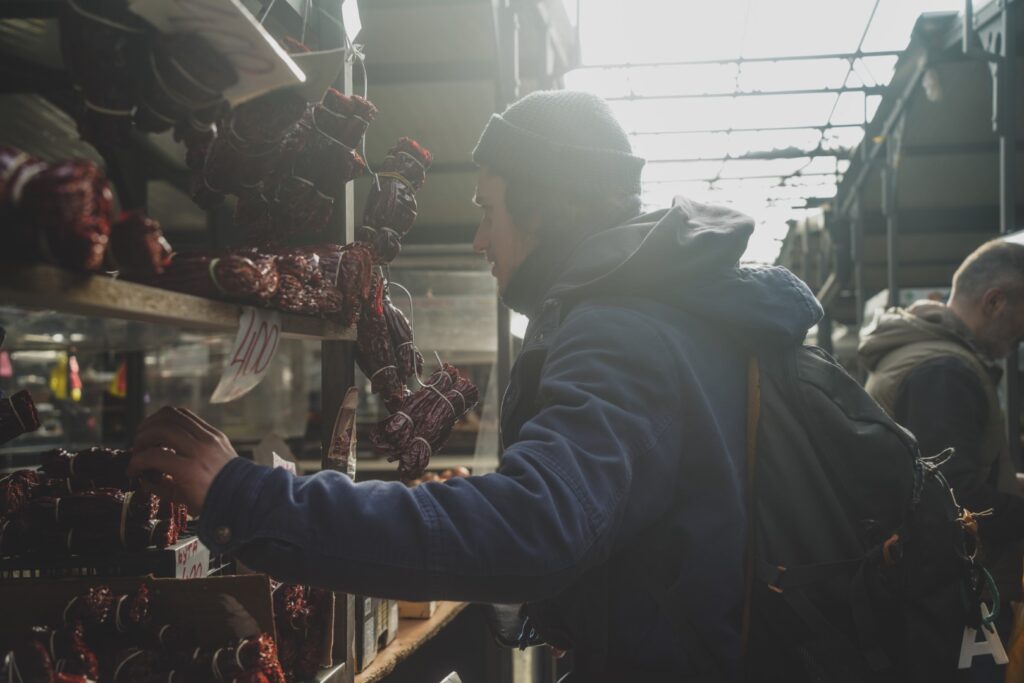
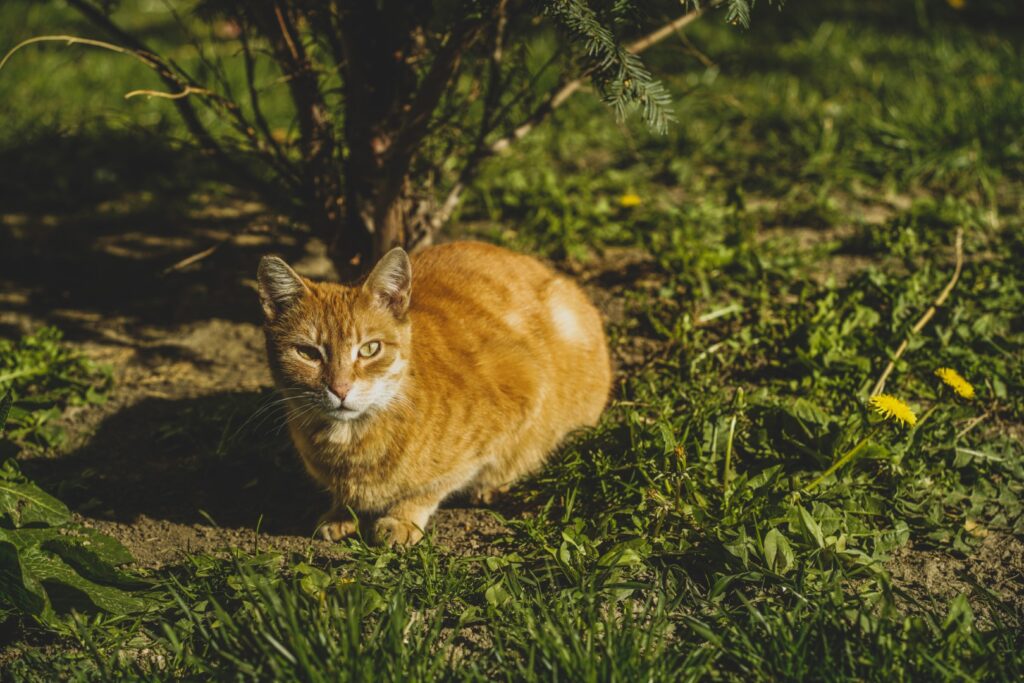
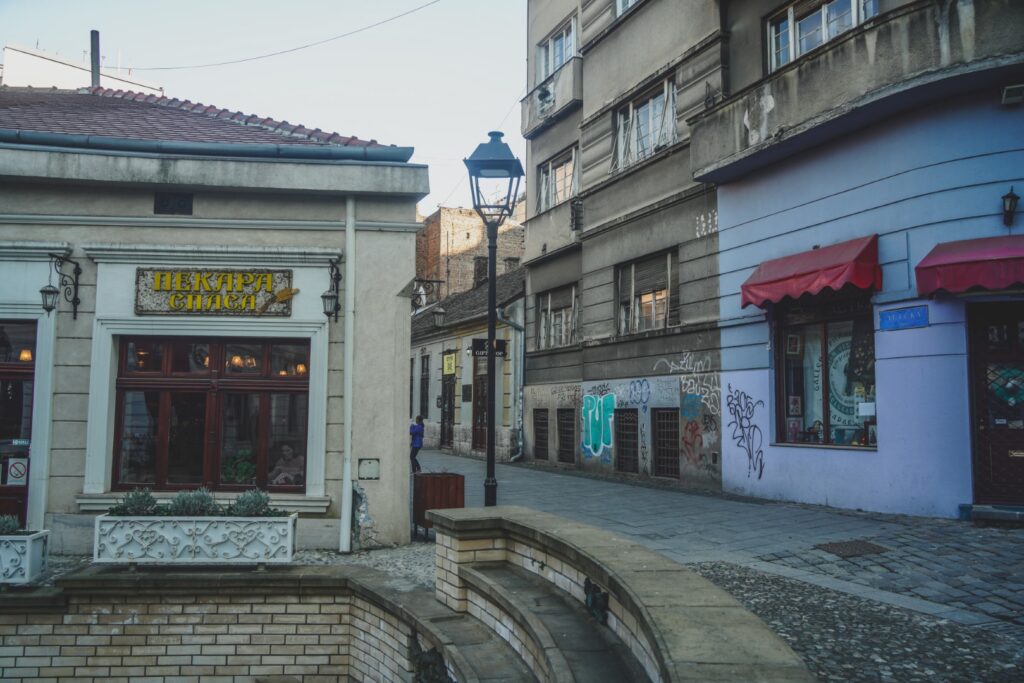
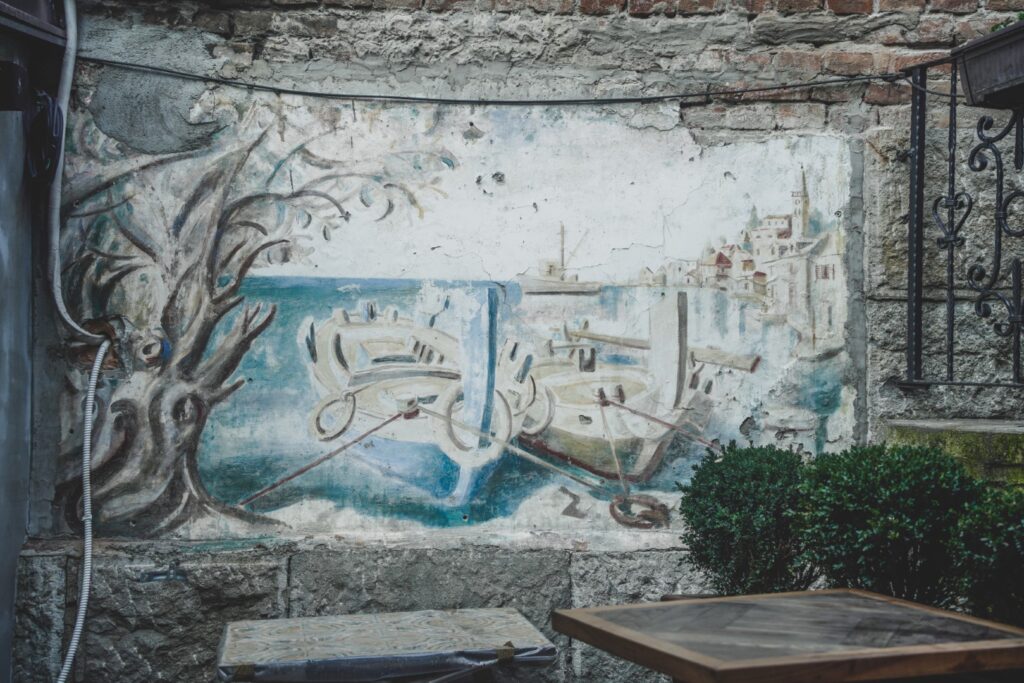
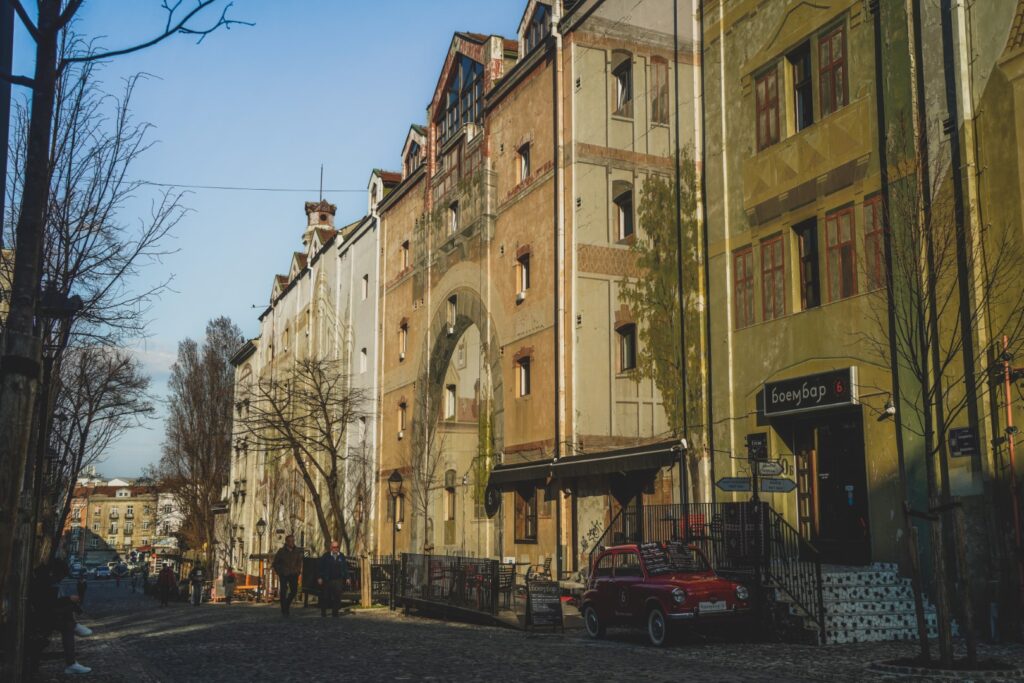
I’d researched Belgrade before coming and had read somewhere that the fortress was the best place to watch the sunset. I’m so happy that I followed this advice. The sun had just begun to set when we arrived, and it put on a magnificent show of pink and orange hues. We spent the evening watching day turn to night and enjoying the wonderful views of the city and the two rivers Sava and Danube that confluence at this very spot.
The fortress is considered one of the most important cultural monuments in the country. It dates back to 279 BC, however it was reconstructed in 535 AD, in 1403 and again between 1723 and 1736 when it became one of the strongest military strongholds in Europe. Unfortunately, the fortress was partly destroyed when the Ottoman Empire took over Belgrade in 1739. It wasn’t until 1867 that the fortress and Belgrade was returned to Serbia, and the Serbian flag was raised on the ruined castle. After this period, the fortress lost its importance as a military stronghold, but instead became the main landmark and most popular sight in Belgrade.
We spent some magical moments exploring the fortress, seeing the sunset from different perspectives and just enjoying the spectacle. We lingered for a while after the sun had bid farewell before heading down to the city centre again to meet with my friend’s friend and his wife for a lovely evening with drinks, good food and lots of chatting.
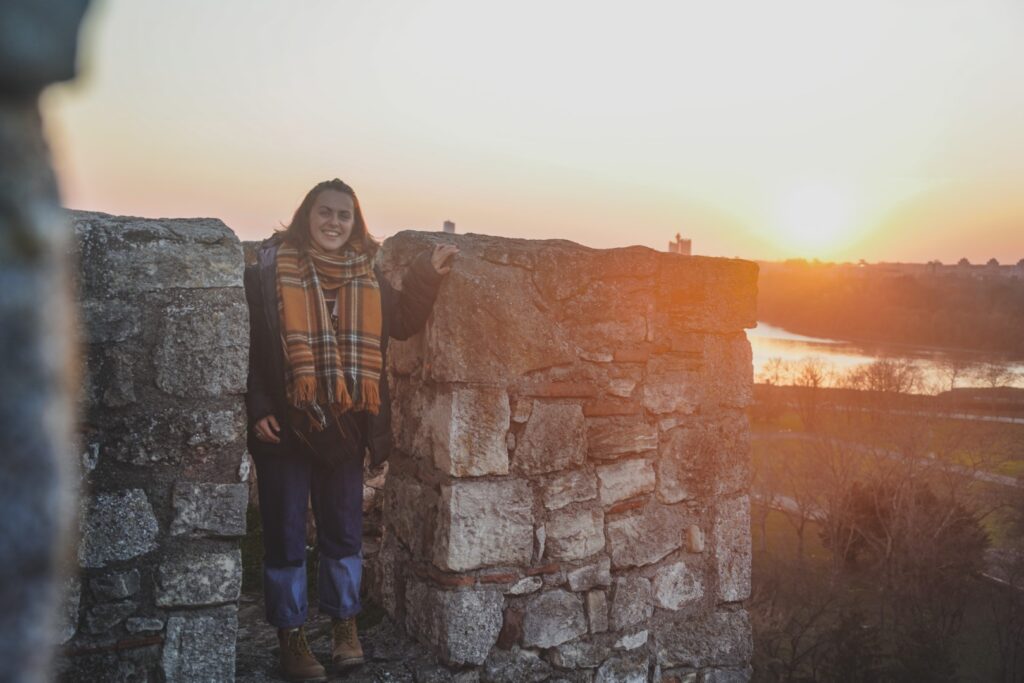
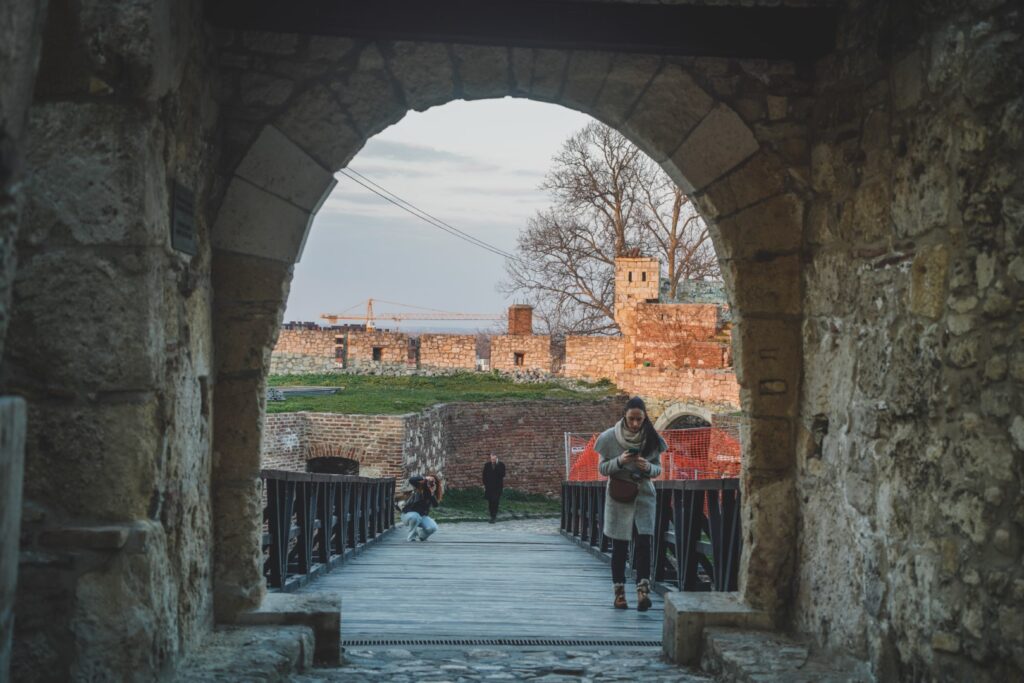
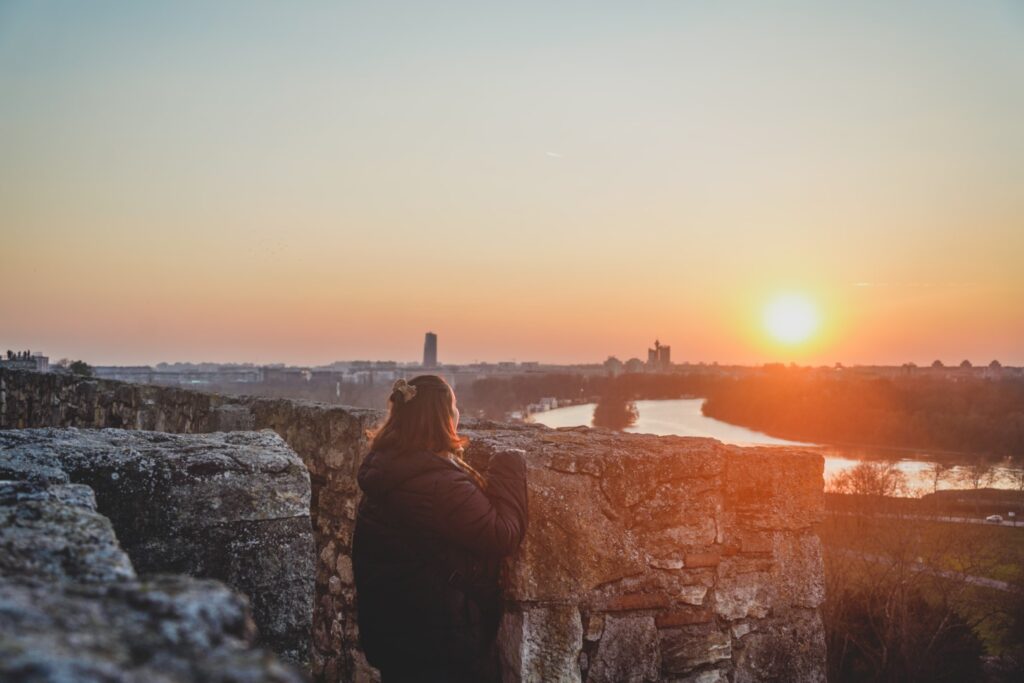
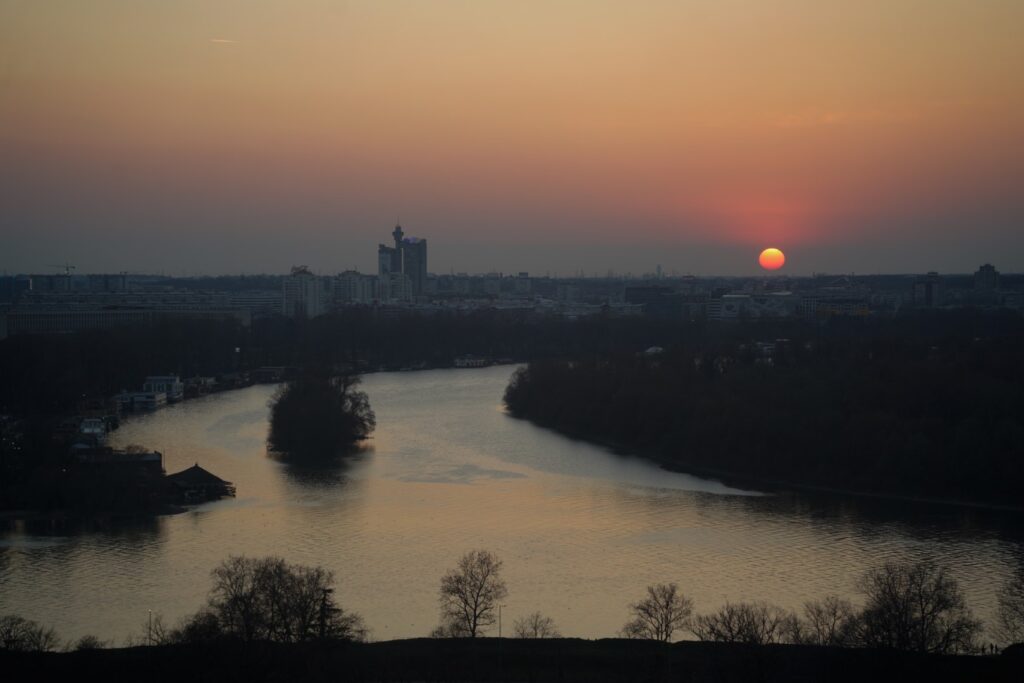

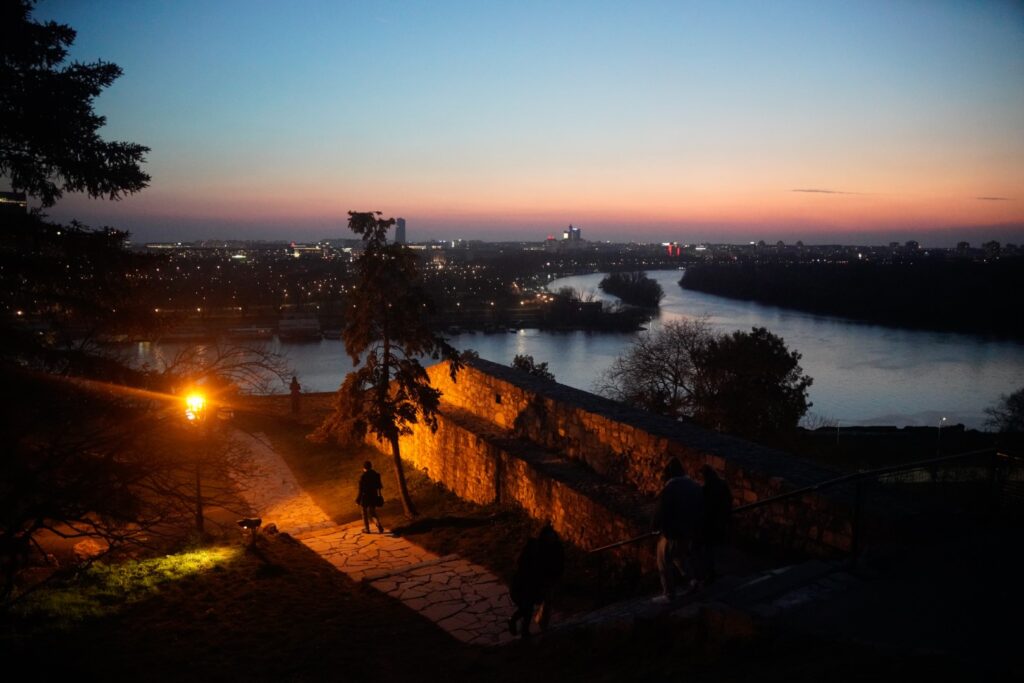
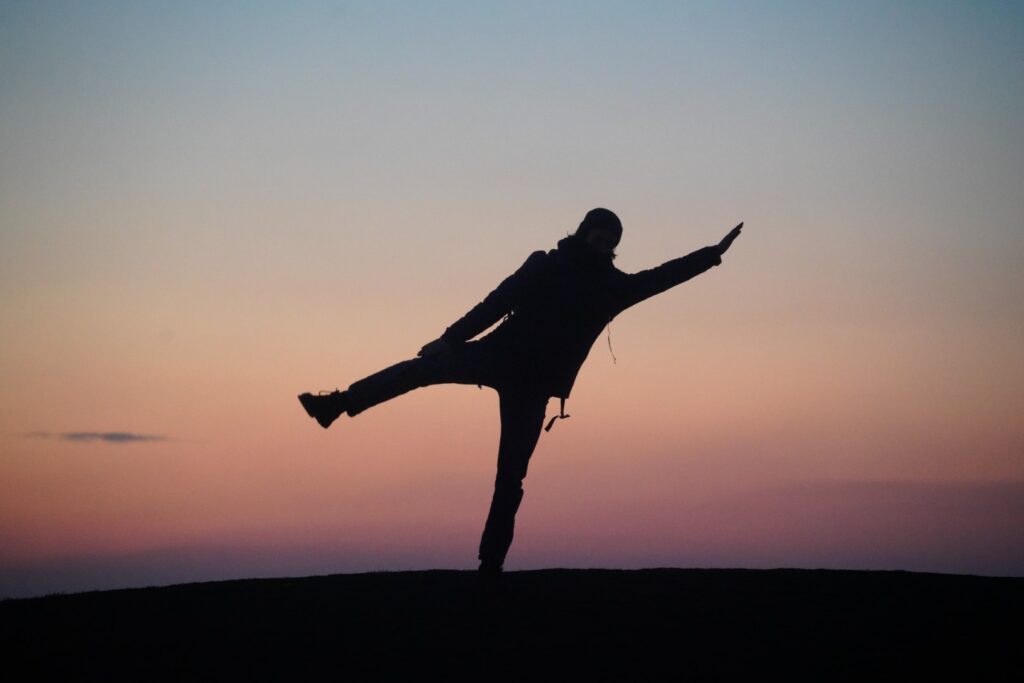
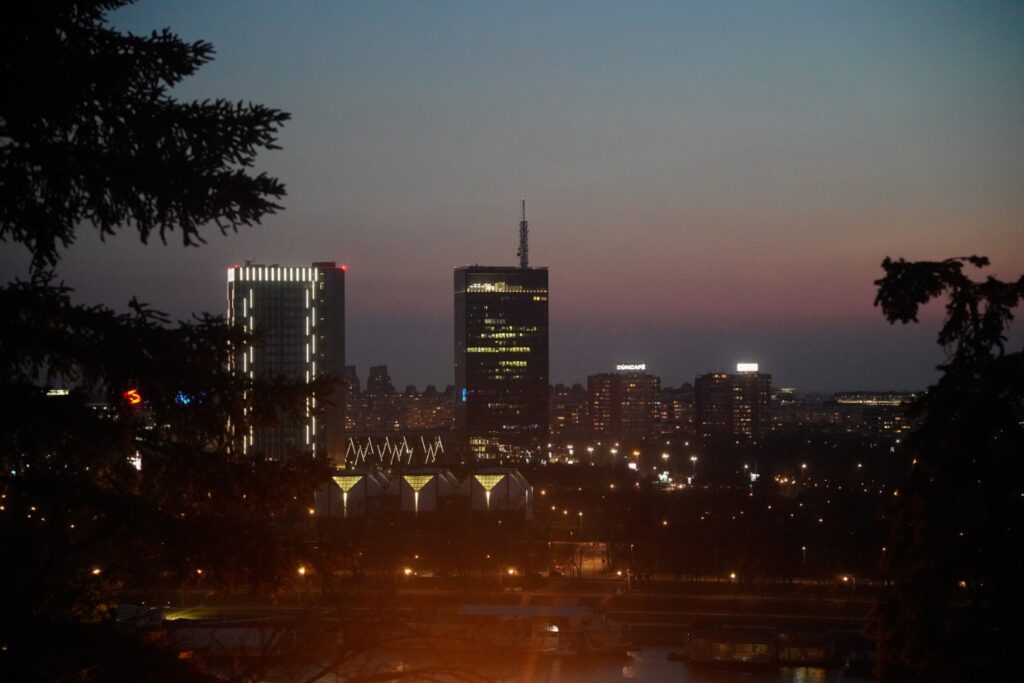
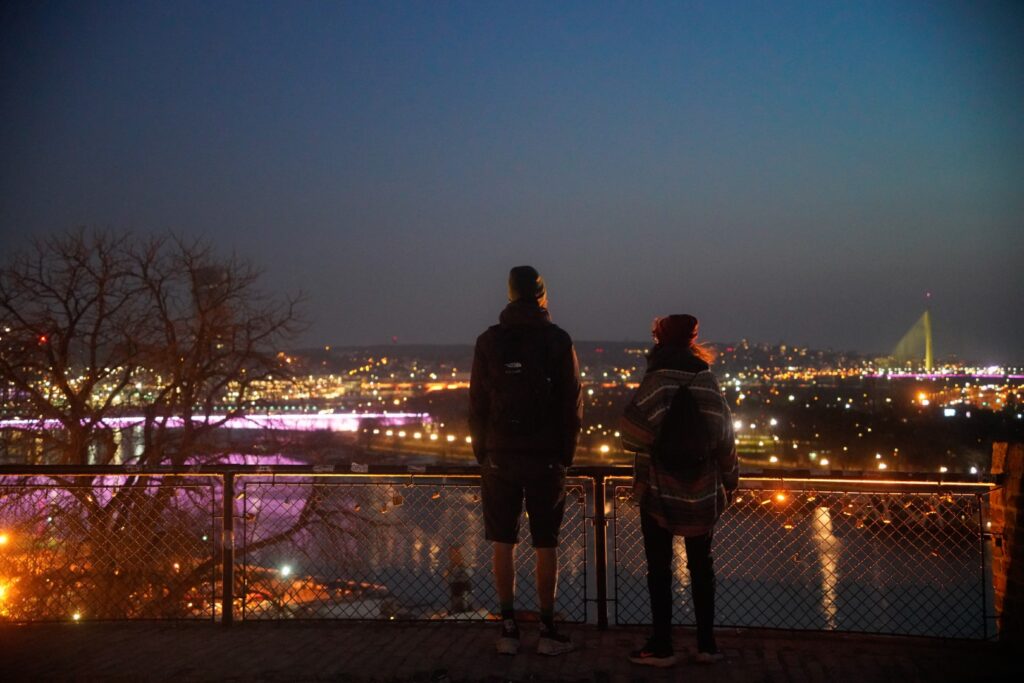
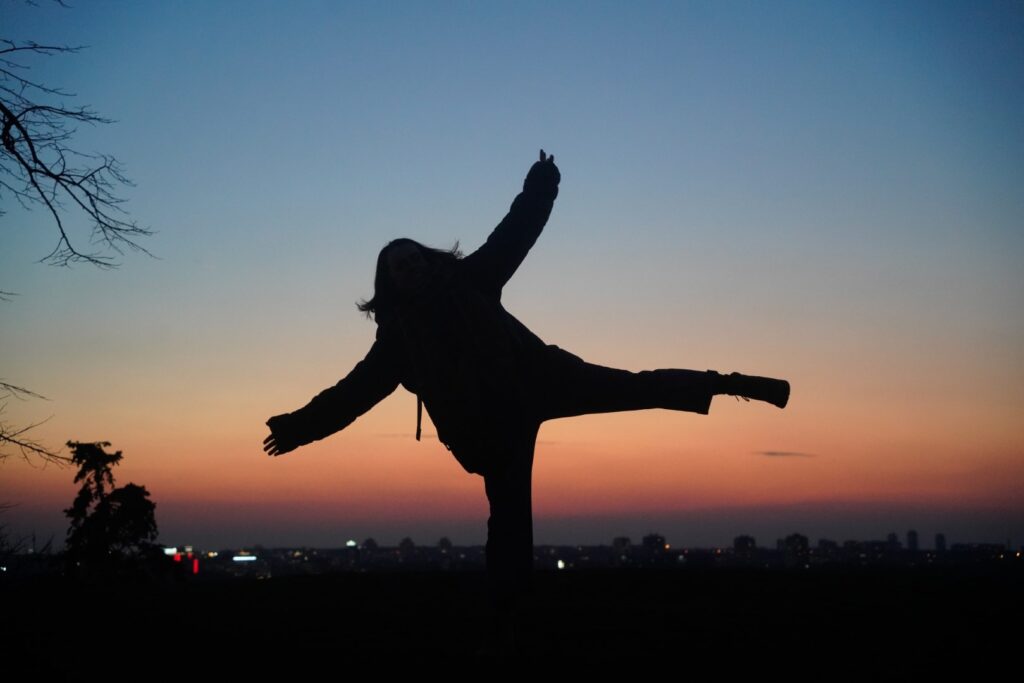
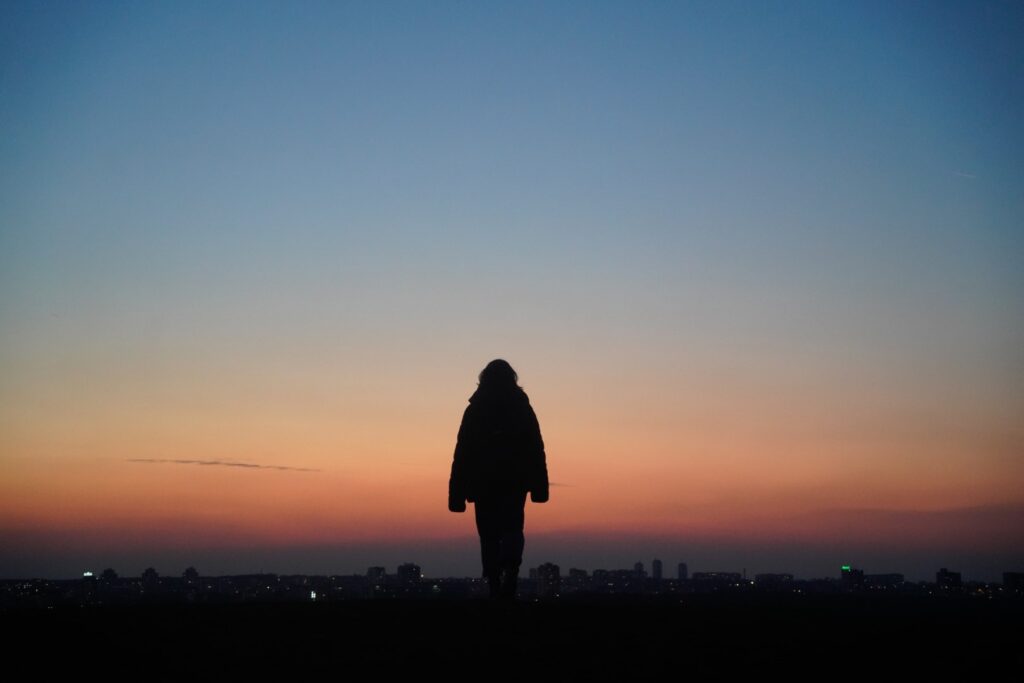
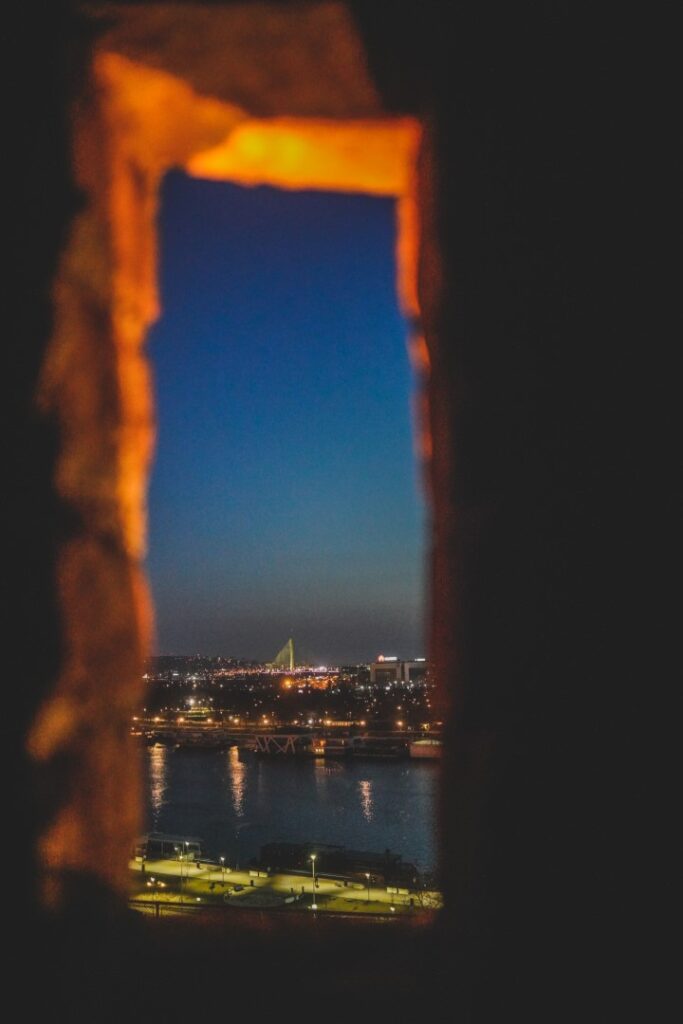
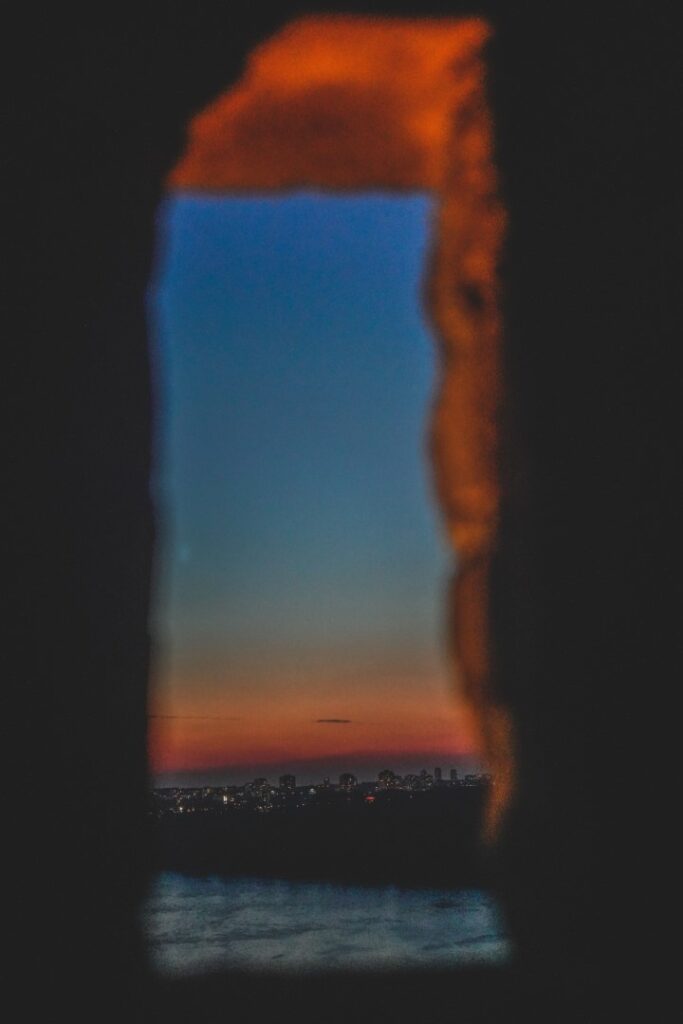
We woke up late the following morning and decided to spend our last day in Belgrade exploring Zemun, a picturesque neighbourhood on the right bank of the Danube. Zemun used to be a separate town, and although it officially became part of Belgrade in 1934, the neighbourhood still retains its cozy small-town feel. It’s no wonder that Zemun feels like a completely different world than Belgrade; for almost 200 years, the then small town was part of the Habsburg Empire, while Belgrade was a border city in the Ottoman Empire before becoming the capital of the newly independent Serbia. The Gardoš Tower, which stands high above Zemun, is a reminder of that time. The tower was built in 1896 to celebrate 1000 years of Hungarian settlement on the Pannonian Plain.
Climbing to the top of the tower was the first thing we did when we reached Zemun. We were rewarded with beautiful views over the red-tiled rooftops of Zemun and its beautiful orthodox church with the characteristic light yellow facade. In the backdrop, the skyscrapers of Belgrade’s city centre dominate. A gorgeous sight.
After our tower visit, we spent the day walking the quaint streets of Zemun, emptying a second hand shop and enjoying a dinner on Zemun’s market square before heading north to Novi Bečej where I spent the following two weeks working on the archaeological project.
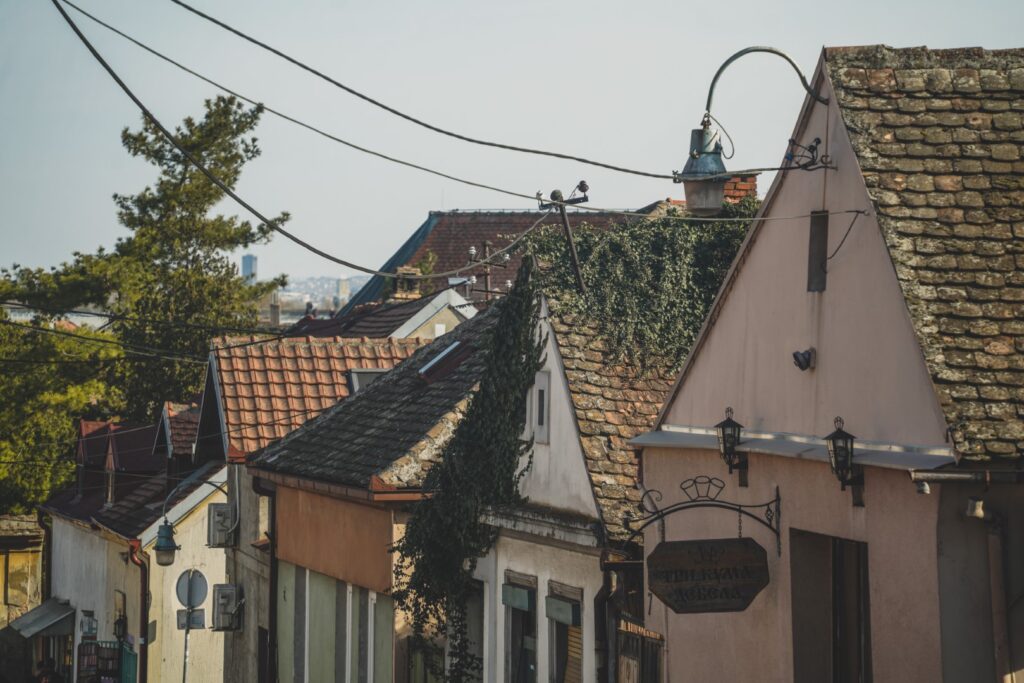
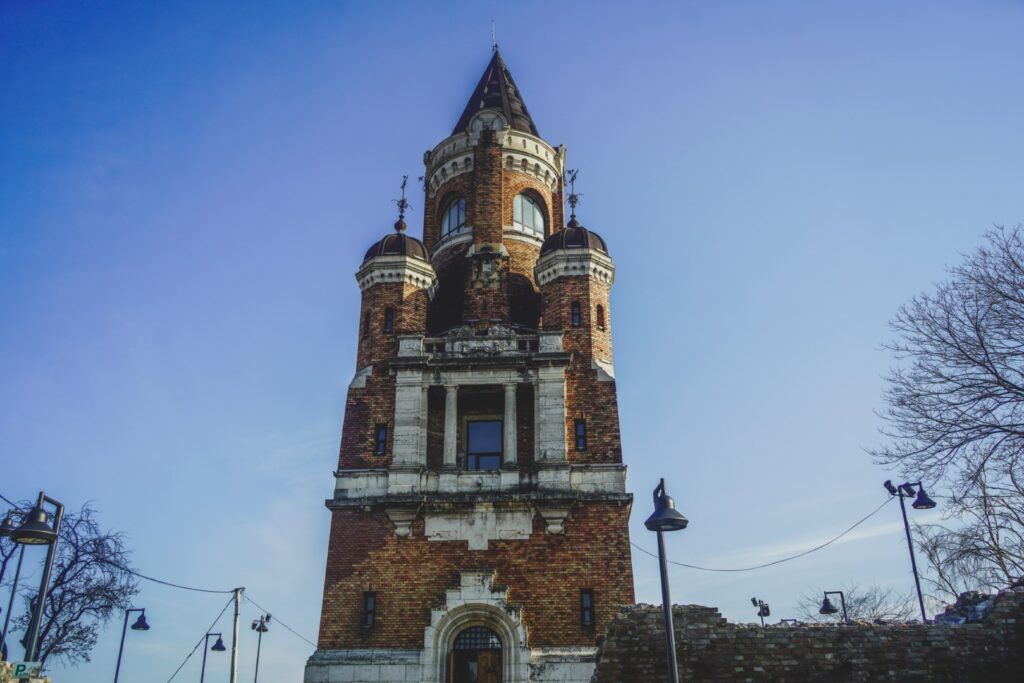
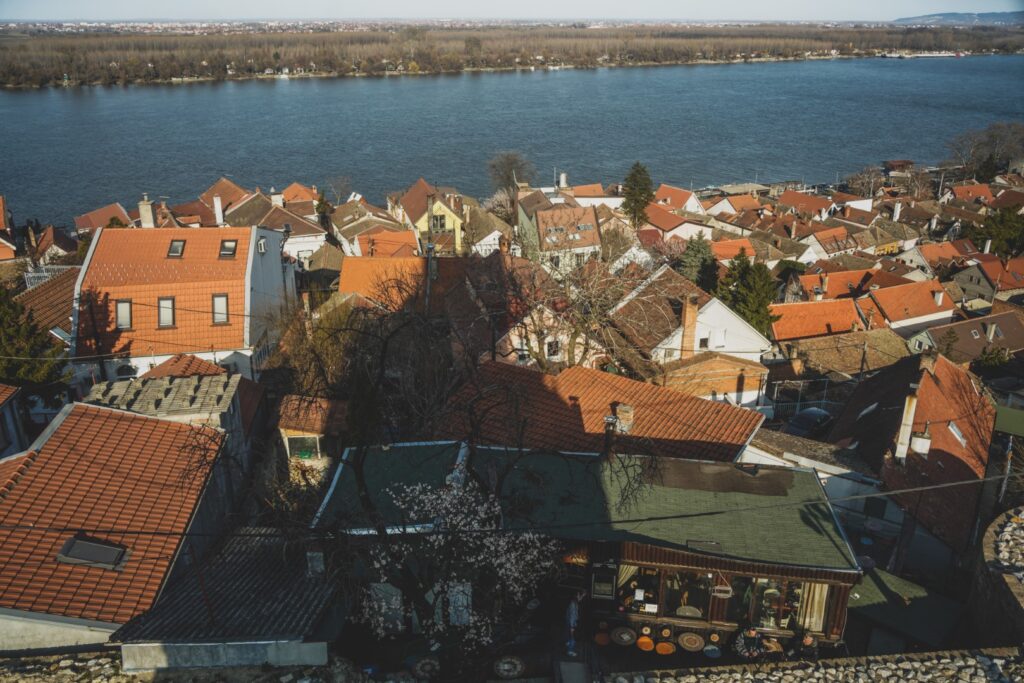
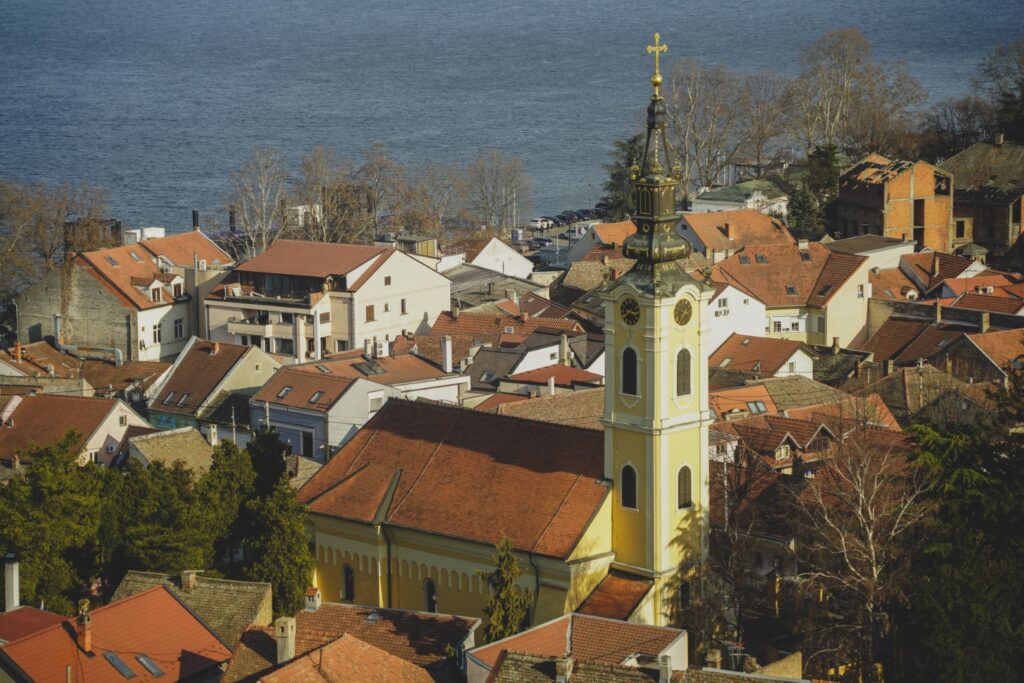
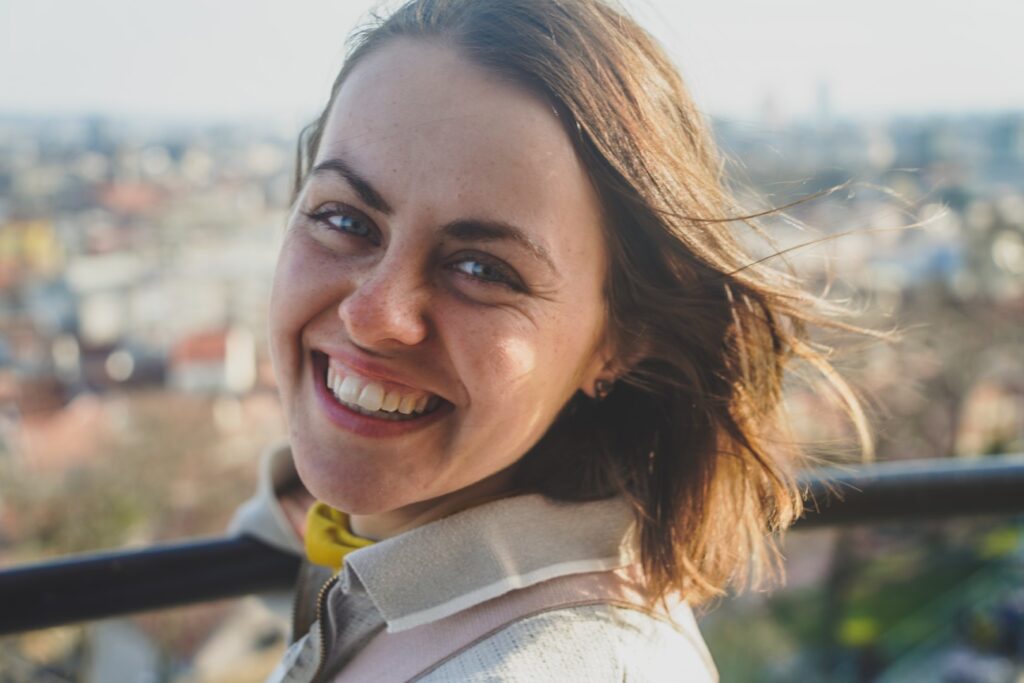
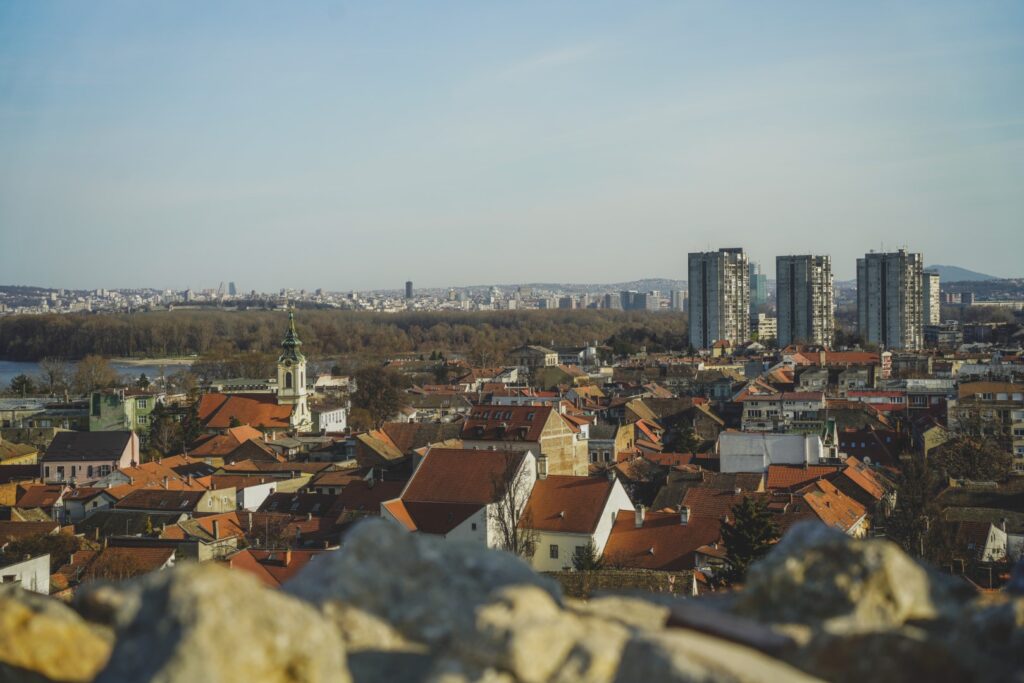


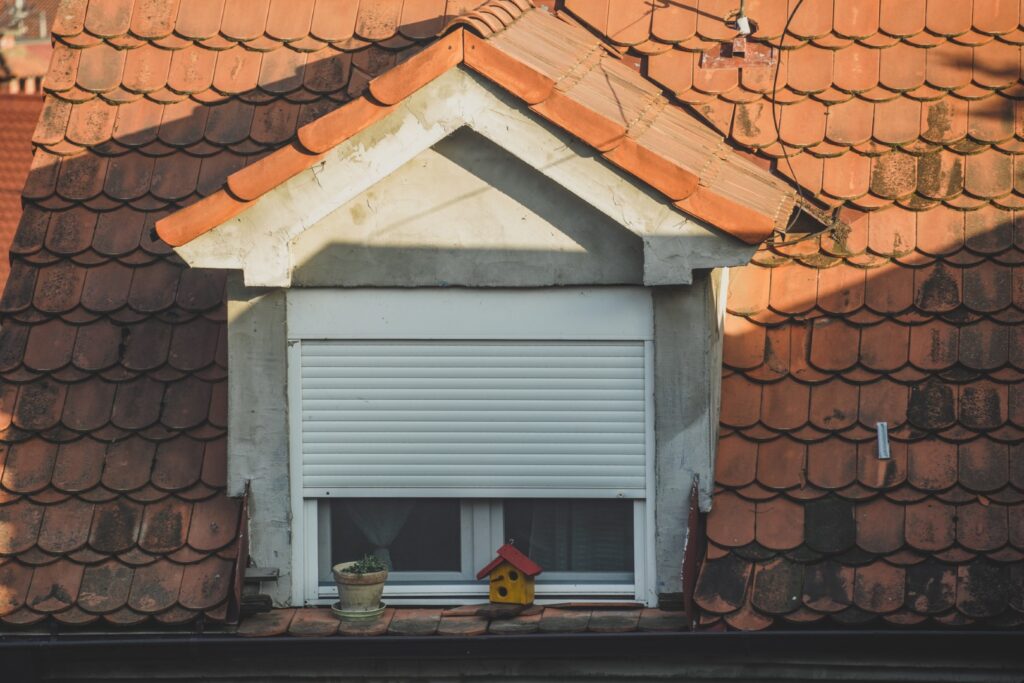
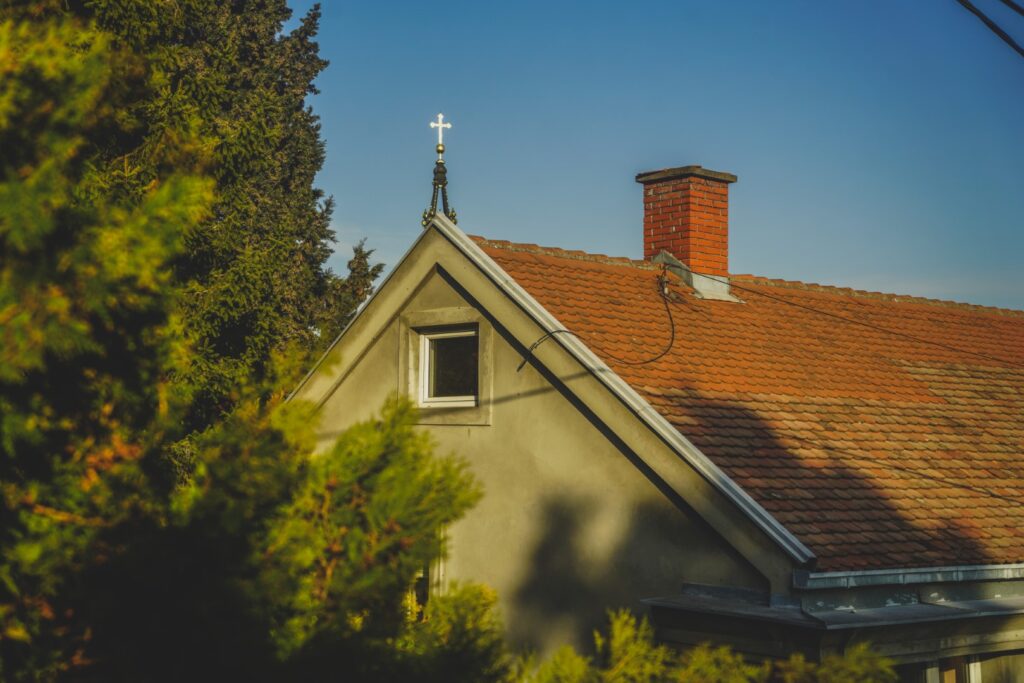
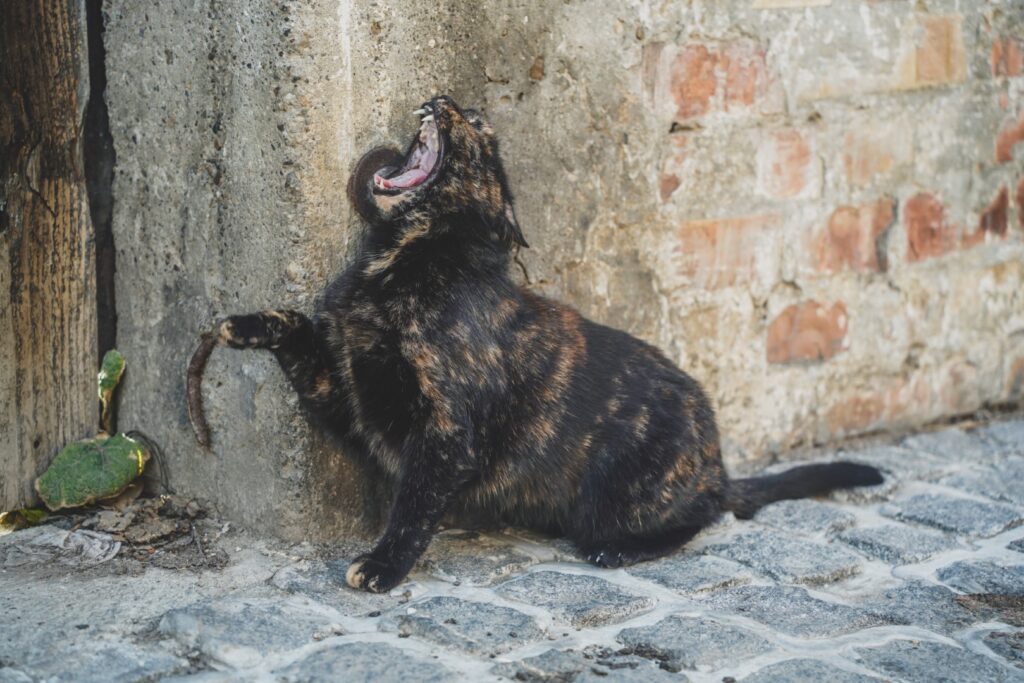
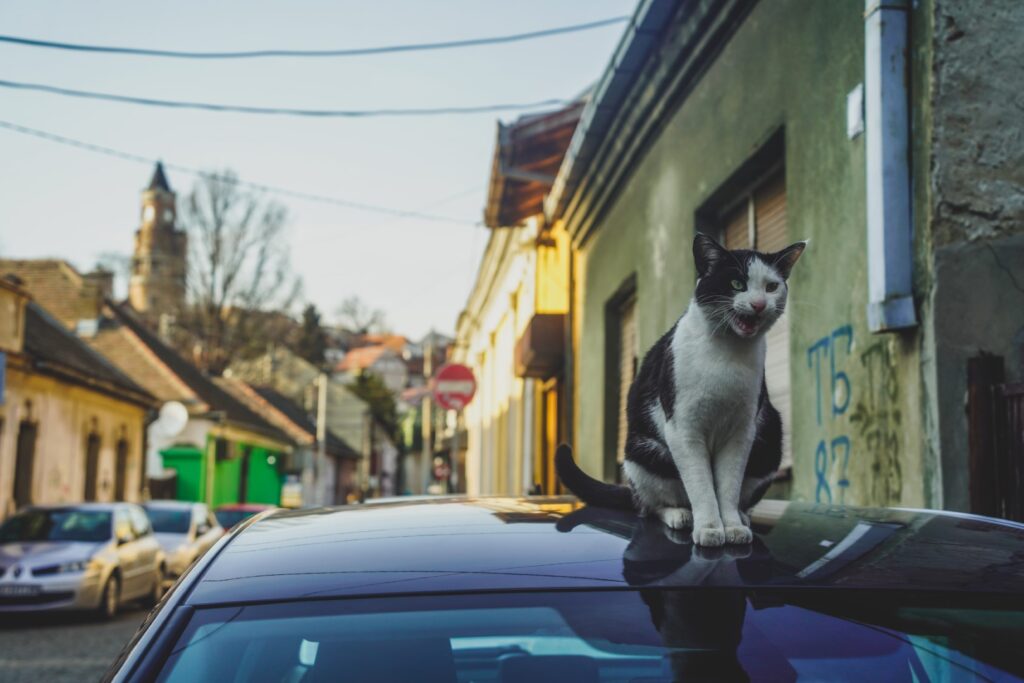
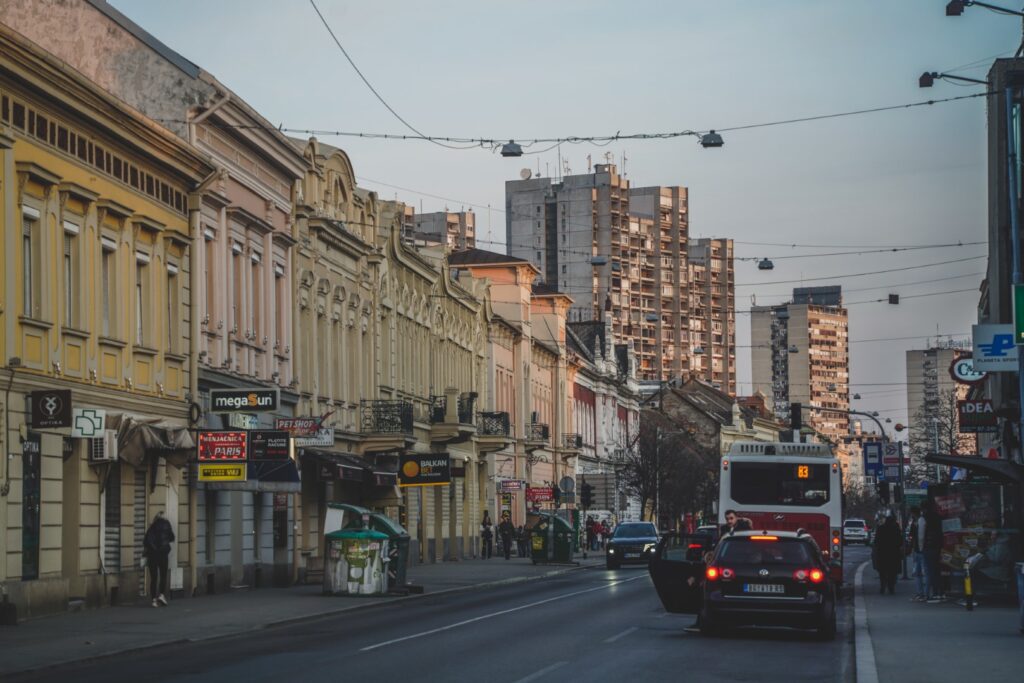
I can’t begin to describe how happy I was to return to Serbia, and I’m glad I finally had time to visit its capital. Belgrade may not be the prettiest city out there, but it’s dynamic, exciting and in many ways a fascinating city. But it was the small-town feel of Zemun that I enjoyed the most!
WANT MORE INFO?: Download a city guide for Belgrade with GPSmyCity here!
Leave a Comment
Pingback: A wonderful weekend on Rømø, a Danish island in the Wadden Sea – Northtrotter on 20/08/2022
Pingback: Borđoš 2022: A second season of archaeological fieldwork in northern Serbia – Northtrotter on 20/08/2022
Pingback: My August 2022: Central European travels & excavations – Northtrotter on 20/08/2022
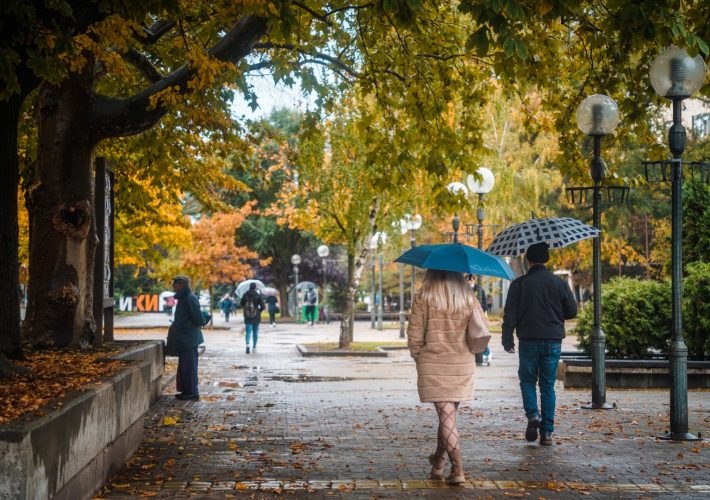


5 COMMENTS
Shaun Dorney
3 years agoSpectacular photos and wonderful descriptions thanks Mel!
Thanks for sharing your journey with us !
Mel
3 years ago AUTHORThank you so much, Shaun! Thanks for following along all these years 😀